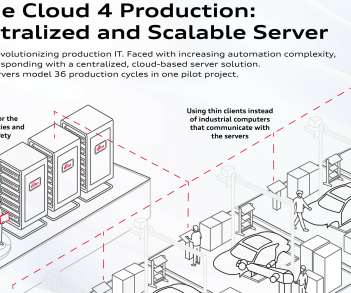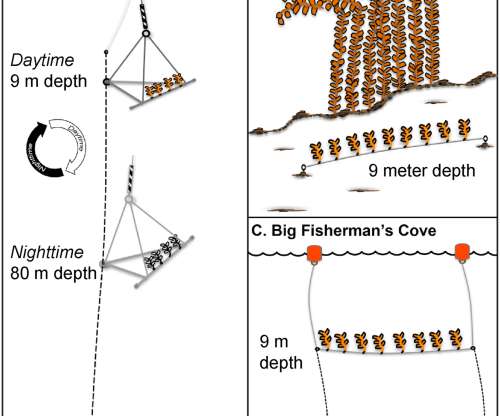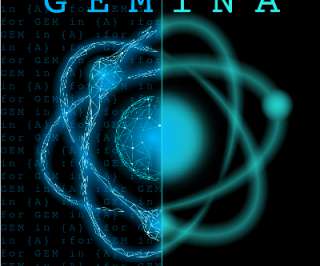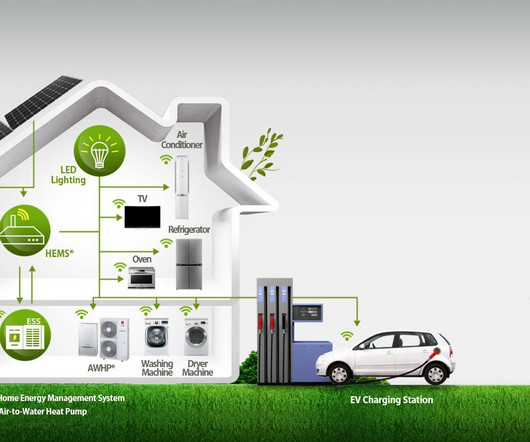DOE awarding $35M to 11 projects for hydrokinetic turbine development; ARPA-E SHARKS
Green Car Congress
NOVEMBER 25, 2020
Hydrokinetic energy is an abundant renewable resource that can boost grid resiliency and reduce infrastructure vulnerability, but it is currently a cost prohibitive option compared to other energy generating sources. These methodologies will significantly decrease the levelized cost of energy (LCOE) of the final HKT design.









































Let's personalize your content